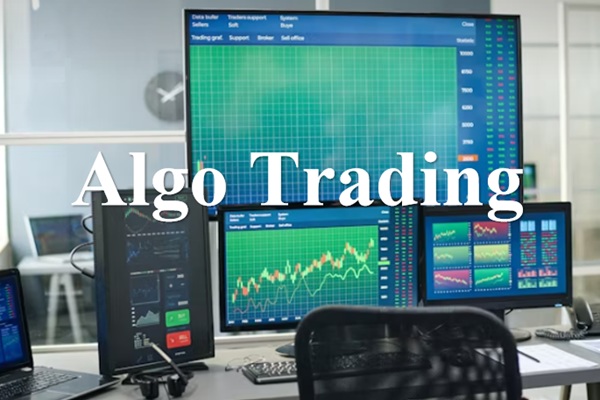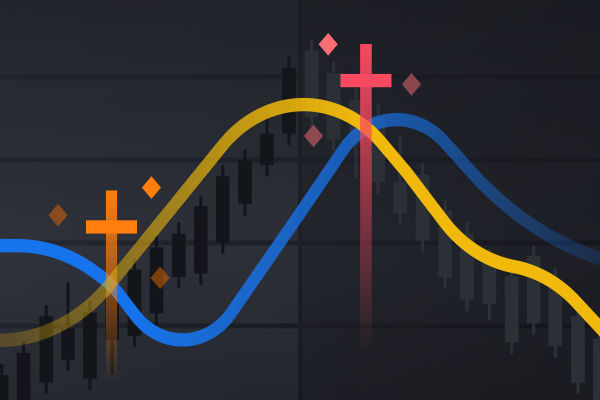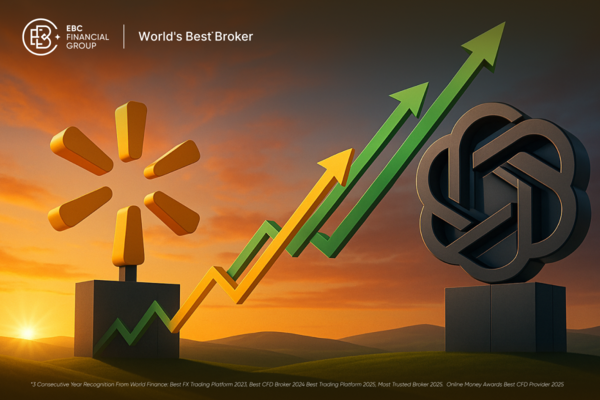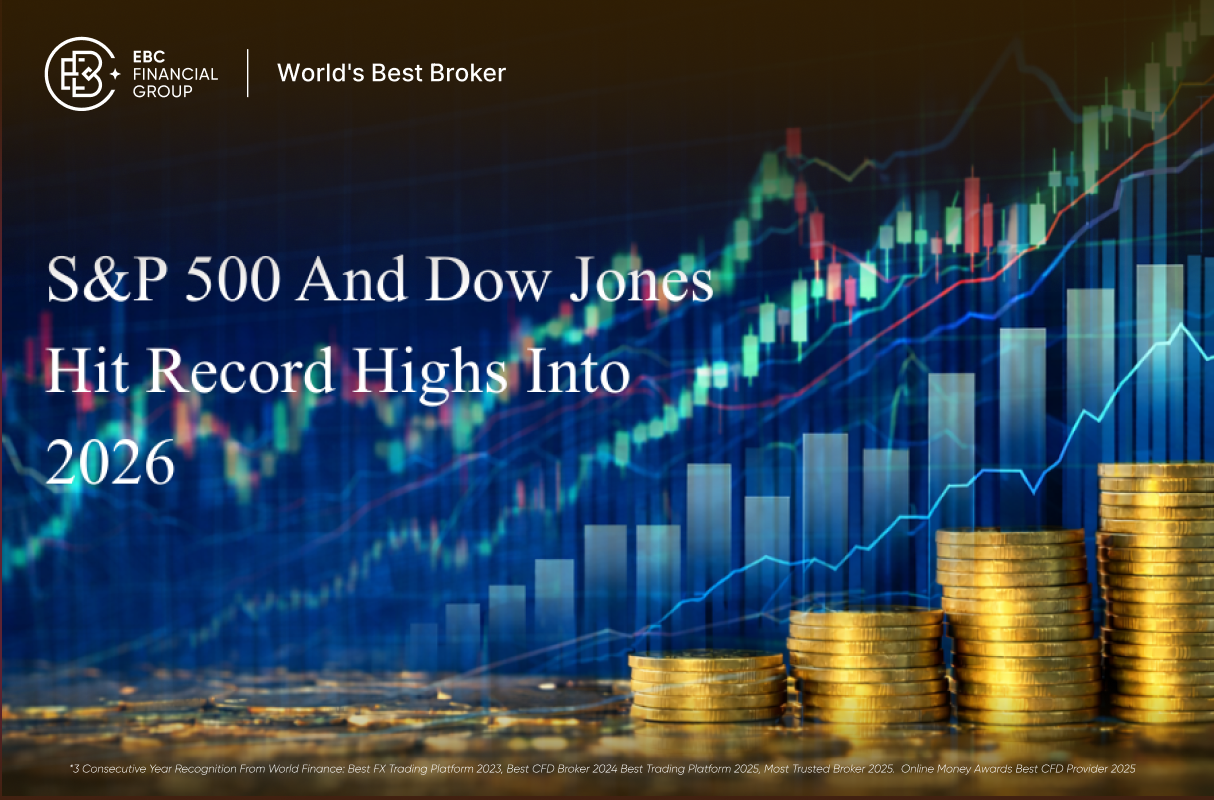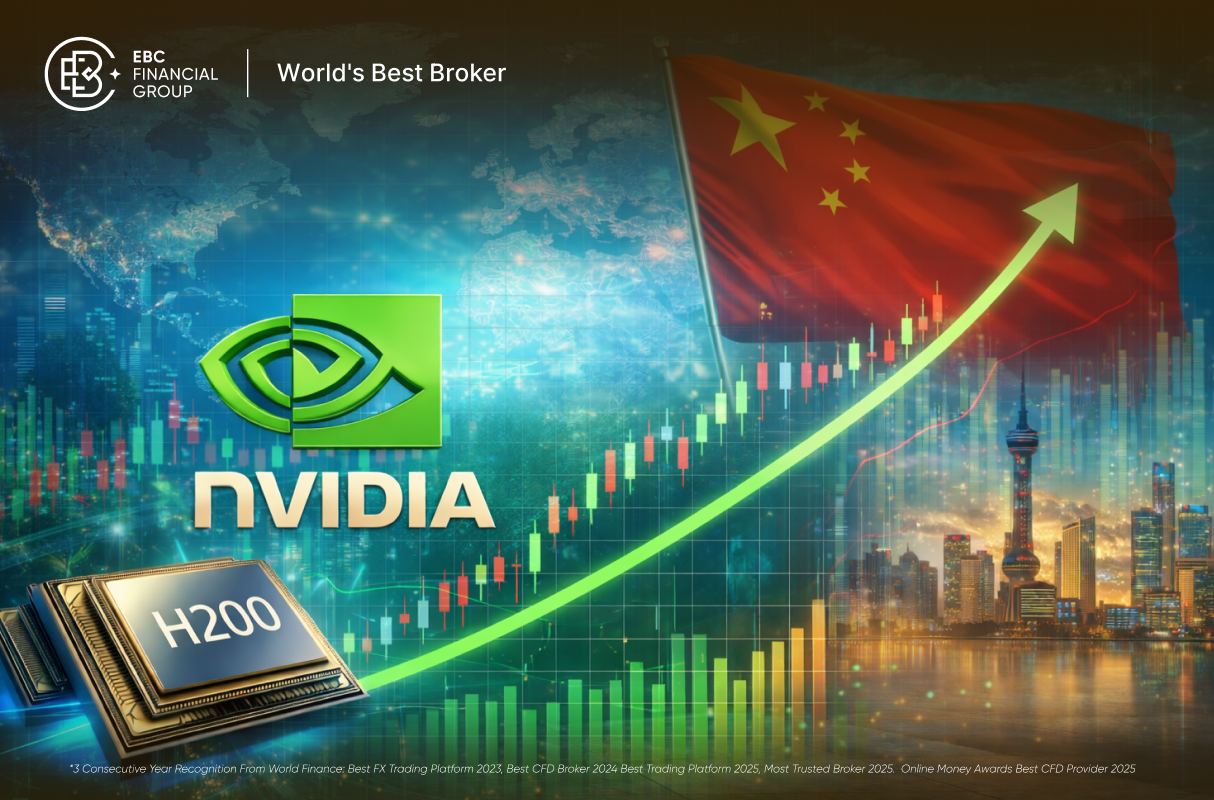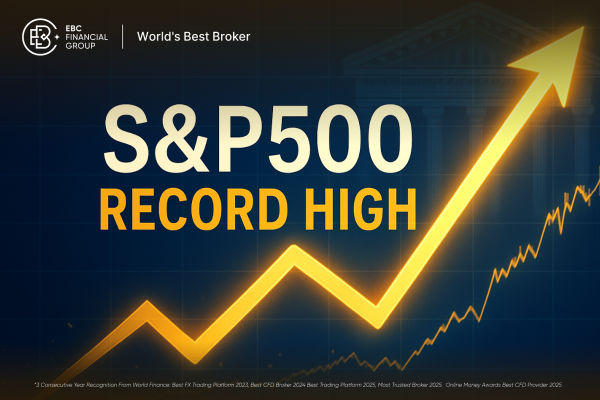Algorithmic trading, or algo trading, is often portrayed as the secret weapon of hedge funds and quants. But at its heart, it is simply the application of mathematics, statistics, and automation to the timeless problem of profiting from market movement. Algorithms never sleep, never second-guess themselves, and never tire of crunching data. What makes them truly fascinating is the variety of ways they can interpret market behaviour. Three of the most powerful families of strategies—momentum, mean reversion, and event-driven sentiment—offer us a window into how machines can read the market's pulse.
Riding the Wave: Momentum Algo Trading Strategies
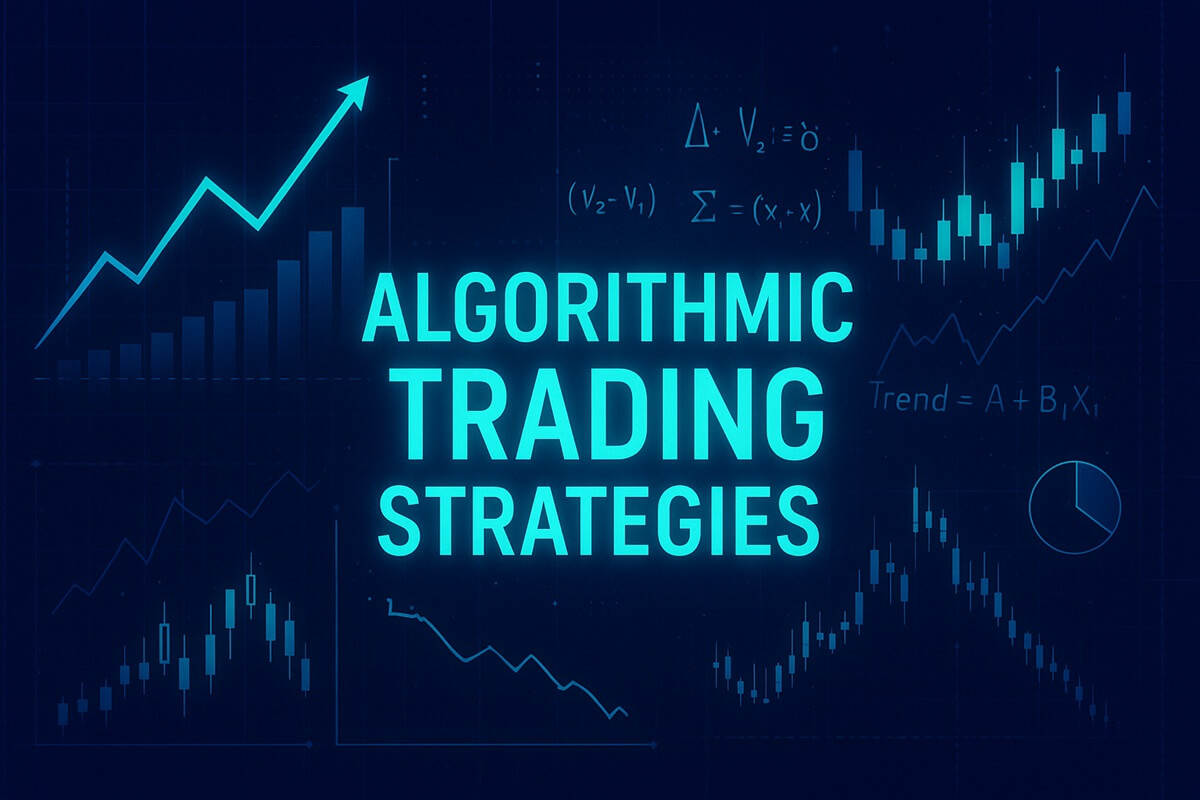 Markets often behave like oceans—rolling tides of optimism and fear push prices higher or drag them lower. Momentum algo trading strategies seek to surf these waves:
Markets often behave like oceans—rolling tides of optimism and fear push prices higher or drag them lower. Momentum algo trading strategies seek to surf these waves:
If a stock has been climbing for weeks, momentum traders assume it may continue its ascent.
If it's plunging, they expect the fall to persist.
The heartbeat of momentum lies in its signals. Moving averages cross like tectonic plates, unleashing a fresh trade. Breakouts from long-held resistance levels ignite positions. Traders use the RSI or ADX as compasses, ensuring they only ride waves strong enough to carry them.
The true art is in timing exits. Trailing stops glide upwards with a rising stock, locking in profits while allowing room for growth. Time-based rules—closing after a set number of sessions—add discipline. Meanwhile, risk controls adjust position sizes based on volatility, so a crashing tide doesn't sink the whole portfolio.
Momentum is not about perfection—it's about discipline. Its strength lies in capturing a fraction of long, decisive trends while avoiding death by a thousand small losses.
Snapping Back: Mean Reversion and Statistical Arbitrage
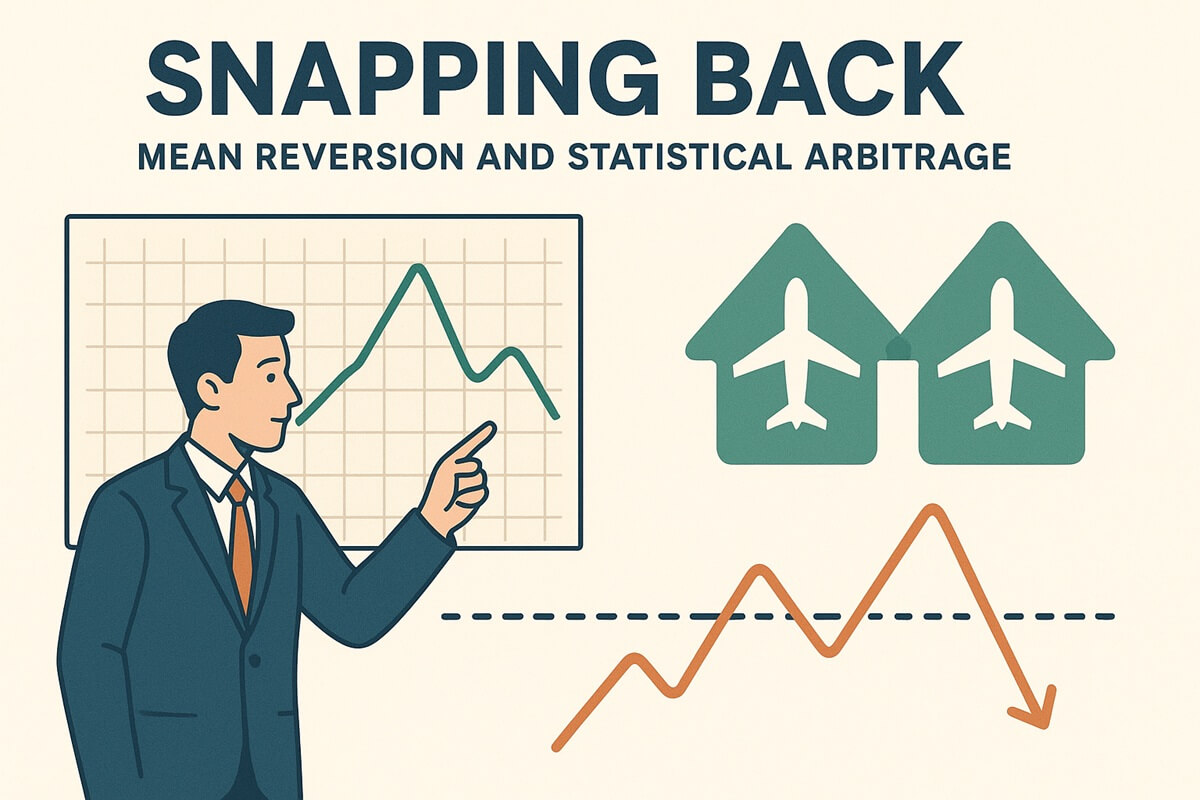 If momentum is about surfing the wave, mean reversion—another important algo trading strategy—is about betting the tide will always return. Markets, after all, are prone to overshooting. Prices stretch like elastic bands before snapping back towards equilibrium.
If momentum is about surfing the wave, mean reversion—another important algo trading strategy—is about betting the tide will always return. Markets, after all, are prone to overshooting. Prices stretch like elastic bands before snapping back towards equilibrium.
The classic expression is pairs trading. Imagine two airline stocks that have historically moved in lockstep. Suddenly, one soars ahead while the other lags. The mean reversion trader sees opportunity: short the overachiever, buy the laggard, and wait for gravity to reassert itself. The spread between them, measured as a z-score or wrapped in Bollinger Bands, becomes the trigger.
Execution is delicate. Entering both legs of a trade requires care—what if one fills but the other does not? Hedge ratios, fine-tuned from history, keep the positions balanced. But the greatest risk lurks in the shadows: regime shifts. Sometimes relationships break permanently. An airline may change its business model, or a new regulation may alter fundamentals. The once-reliable pair dissolves.
That is why seasoned mean reversion traders constantly recalibrate, watching for correlations that fray. Their philosophy is simple but daring: profit from the market's tendency to overreact, while guarding against the possibility that this time, the change is real.
Trading the Unexpected: Event-Driven Algo Trading Strategies
If momentum is a wave and mean reversion is the tide, then event-driven trading is the storm. Corporate earnings, central bank announcements, or even a single tweet can set markets ablaze. Algorithms built for these moments thrive on chaos.
The secret lies in speed and interpretation. Low-latency systems gulp down news feeds in microseconds, firing orders before humans can blink. But beyond speed, intelligence matters. Natural language processing algorithms scour headlines, annual reports, and social chatter, scoring words as positive or negative. A sudden surge of optimism about a company might trigger an instant buy; a cloud of negative sentiment, a sell.
The difficulty is not just in identifying signals but in handling noise. Rumours, false reports, or misinterpreted context can trick even the best systems. To combat this, event-driven strategies use cooldown periods, risk throttles, and kill-switches, ensuring they don't chase phantom signals. Compliance plays a role too—algos must walk a fine line between using public data and avoiding anything resembling insider information.
When designed well, event-driven systems can catch dramatic moves that others miss, turning unpredictability into structured opportunity.
The Symphony of Algo Trading Strategies
Individually, each of these strategies has strengths and weaknesses. Momentum thrives in trending markets but stumbles in sideways ranges. Mean reversion shines when markets overreact but suffers when trends break out. Event-driven systems capture chaos but risk being misled by noise. The true elegance of algorithmic trading emerges when these methods are combined.
Picture a portfolio that deploys momentum algorithms during trending phases, shifts to mean reversion when volatility spikes, and activates event-driven systems around key announcements. Together, they form a symphony—different instruments taking turns, each filling the gaps of the other.
In practice, this fusion is how hedge funds and quant shops survive. They do not chase perfection in one strategy. Instead, they engineer resilience by weaving multiple approaches together, adapting to whatever the market throws their way.
Final Thoughts on Algo Trading Strategies
Algorithmic trading is not a promise of endless profits. It is an evolving discipline, a constant arms race between innovation and obsolescence. Yet, within its frameworks—momentum's waves, mean reversion's elastic snap, and event-driven lightning strikes—lies the blueprint of how machines attempt to decode human behaviour at scale.
For individual traders and professionals alike, the lesson is clear: the future of trading will belong to those who can blend creativity with discipline, engineering with intuition. The market will always move, and the challenge is to design systems capable of moving with it.
Disclaimer: This material is for general information purposes only and is not intended as (and should not be considered to be) financial, investment or other advice on which reliance should be placed. No opinion given in the material constitutes a recommendation by EBC or the author that any particular investment, security, transaction or investment strategy is suitable for any specific person.
